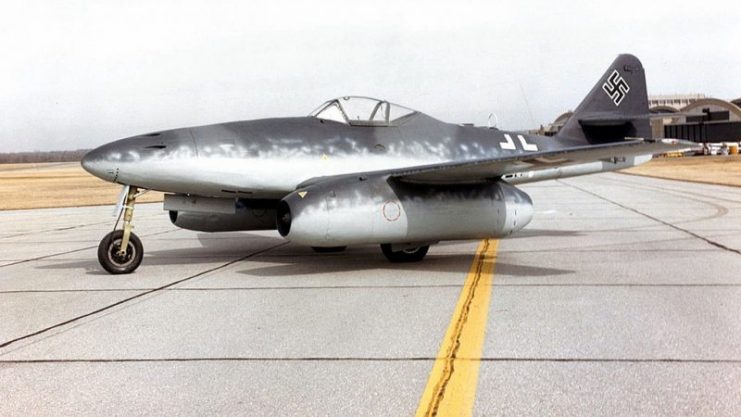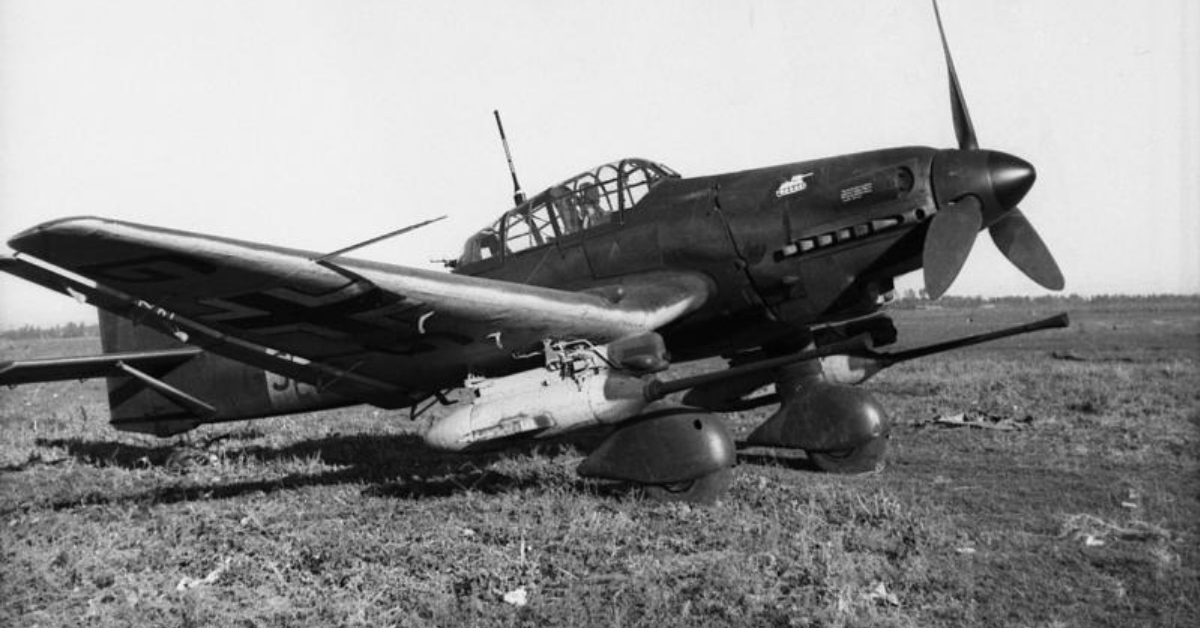This top ten aircraft list of the Luftwaffe is intended not only to reflect the success or high numbers of any one particular design, but also to acknowledge the impact and historical significance that a particular aircraft had on Luftwaffe operational needs.
It also highlights the potential that was never achieved.
10. Macchi C.205 ‘Greyhound’ (Fighter)
It may seem strange to see an Italian Fighter on the list of top 10 Luftwaffe aircraft. But the fact of the matter was a lot of foreign designs were used by the Luftwaffe.
For example, 182 of the reliable French De 520s were used by the Germans as advanced trainers. Despite its many shortcomings, 430 of the truly awful Italian SM.82 were used by the Luftwaffe as Heavy Transporters. The very outdated Italian biplane, the Fiat CR.42 ‘Falcon,’ was used quite effectively for night fighter duties.
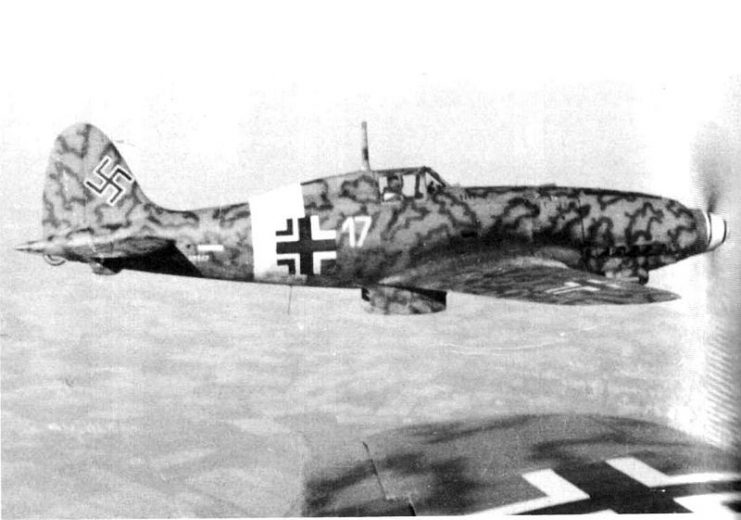
However, there was one foreign aircraft the Luftwaffe used that stood head and shoulders above all the rest: the formidable 400mph (over 643 kmph) Italian fighter aircraft the Macchi C.205 ‘Greyhound.’
Armed with two 20mm cannons and two 12.7mm heavy machine guns, it was a match for the P-51D Mustang, as well as the latest version of the Spitfire or Bf 109s.
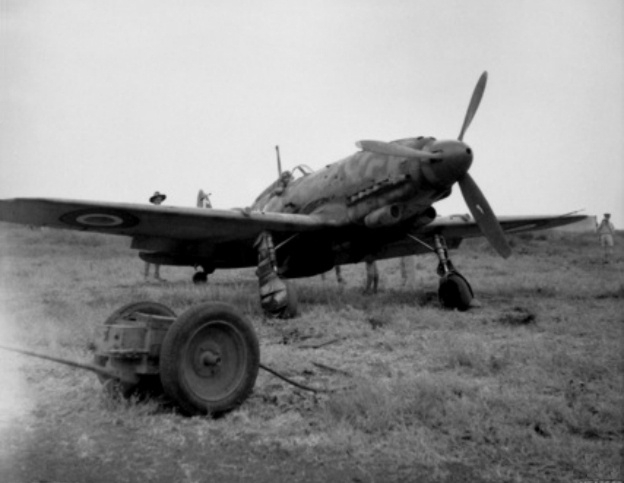
Verdict: Only around 25 aircraft were made. If it had been produced in greater numbers and allowed to mature as a design, its contribution to the defense of Germany would have been much more significant.
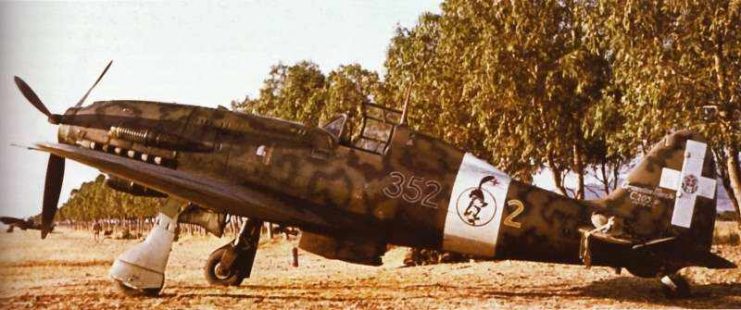
9. Arado Ar 96 (Trainer)
The Ar 96 was neither a glamorous nor an exciting aircraft. Like most trainers, it was often overlooked or simply forgotten.
Before its introduction in 1939, the Luftwaffe had to rely on outdated bi-planes for training, such as fixed wheeled landing gear aircraft like the Buecker 131 with its open cockpit, or obsolete combat types like the Heinkel He 51 constructed of a mixture of metal and fabric.
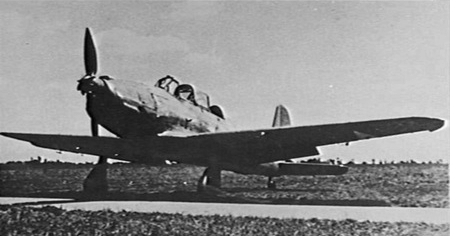
Then along came the Ar 96 twin-seater trainer, a true game-changer of an aircraft.
What set it apart from its predecessors was its modern low-wing monoplane design with an enclosed cockpit, retractable landing gear, and all metal construction. It looked and acted like the planes that the trainee pilots would end up flying in combat.
https://youtu.be/R59SOXW-NtY
German wartime production was nearly 3,000 of these highly successful aircraft. A testimony to its durability was the fact that hundreds more were built after the war. Until 1950, Czechoslovakia built a version of it (the Avia C.2B), and the French built various versions until 1958.
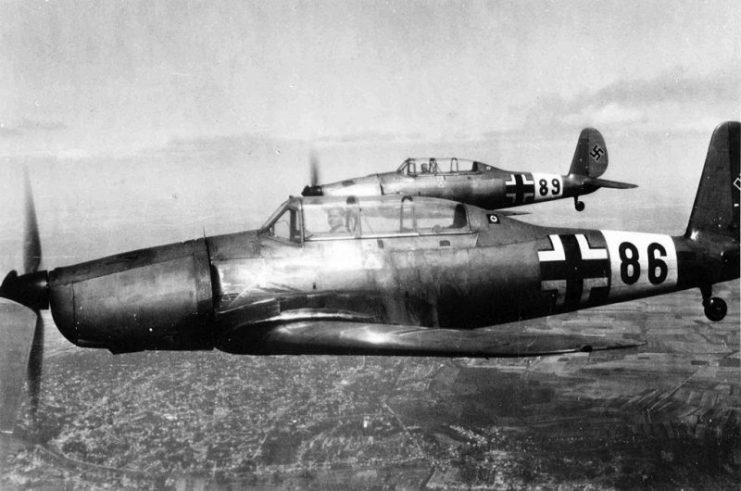
Verdict: It trained and influenced tens of thousands of Luftwaffe pilots who saw combat in World War II.
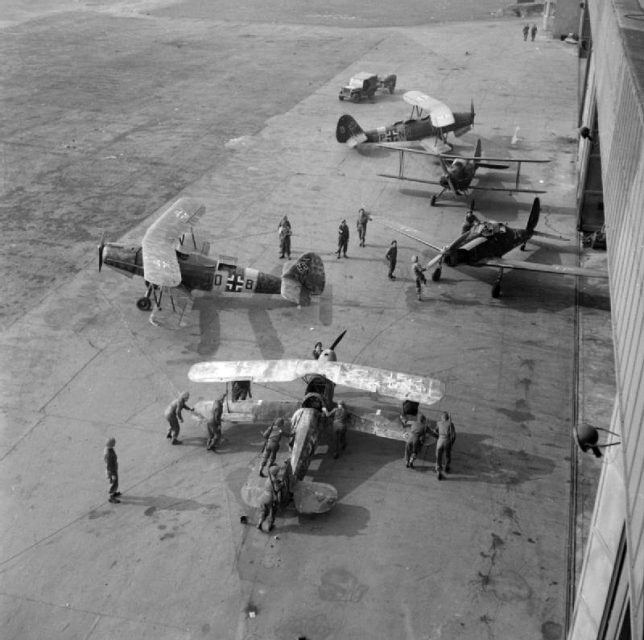
8. Heinkel He 162 ‘People’s Fighter’ (Jet Fighter)
This may seem like an odd choice to be on a Luftwaffe Top Ten list. The He 162 was often referred to by its construction codename of ‘Salamander.’ It saw only a couple of months of confused service at the end of the war and claimed just a handful of aerial victories.
The He 162 may have been born out of desperation and despair, but it nevertheless formed an intriguing ‘what if’ scenario.
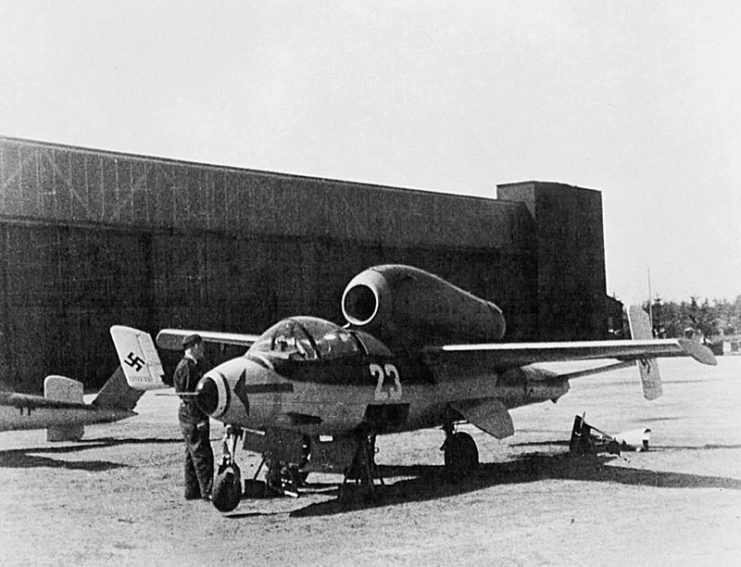
Its short history is truly remarkable. On the 10th of September, 1944, the German High Command issued an urgent requirement for a single-seater defensive fighter. They demanded that it should be extremely cheap to produce and easy to fly.
On the 25th of September a design was chosen, and on the 6th of December, the He 162 took to the air for the first time. Just 87 days from proposal through design to flight.
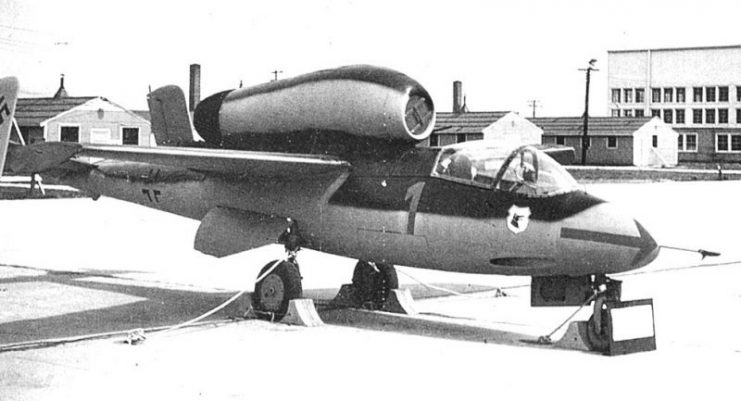
On its first flight, there were some structural issues. On the second flight, it crashed and the test pilot was killed. Both failures were found to be due to the type of glue which was used to join the wooden parts together (of which there were many on this aircraft).
In addition, there were also design issues which could only be partly addressed as it was already going into production.
Unfortunately, the idea that it could be used by pilots from the Hitler Youth with just glider training proved totally unrealistic. As Ernst Heinkel would say about this later, “The unrealistic notion that this plane should be a ‘people’s fighter,’ in which the Hitler Youth, after a short training regimen with clipped-wing two-seater gliders like the DFS Stummel-Habicht, could fly for the defence of Germany, displayed the unbalanced fanaticism of those days.”
Despite this, the aircraft was highly regarded by the Allied pilots who tested it at the end of the war.
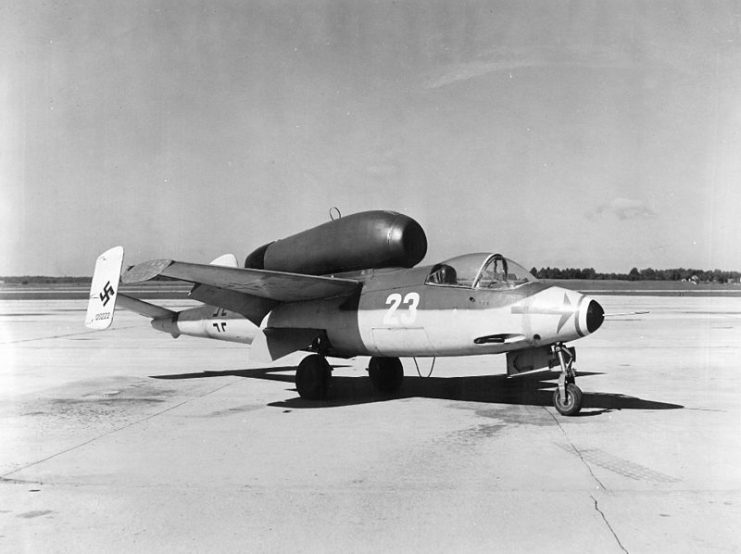
Verdict: A total of 116 He 162s were built by the end of the war, and an additional 600 to 800 were in various stages of completion. Just imagine what would have happened if these twin-cannoned, 562 mph, easy-to-produce jet-powered fighters flown by junior pilots had entered service in the numbers envisaged…
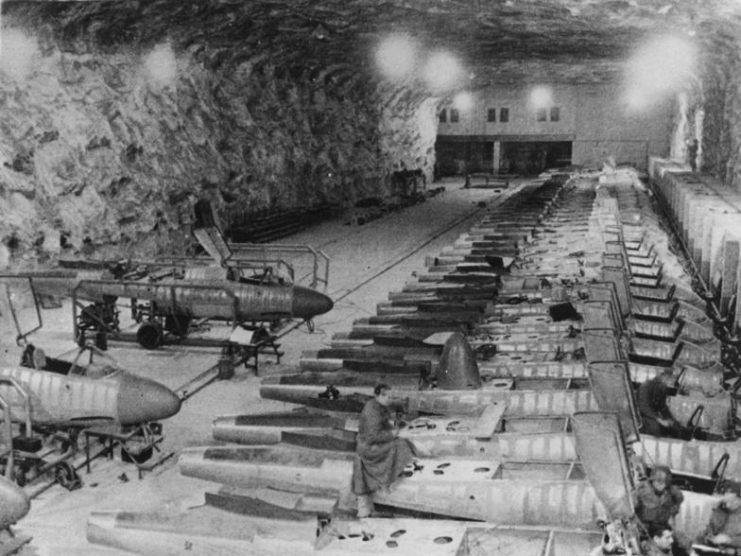
7. Messerschmitt Me 410 ‘Hornet’ (Fighter-Bomber)
This aircraft was developed from a long line of failures which started with the widely produced Messerschmitt Bf 110 ‘Destroyer’ that was designed to be a multi-role fighter which sacrificed maneuverability for range, speed, and fire-power. In battle, it proved itself to be highly flawed.
Its replacement was the disastrous ME 210. This model had too many design flaws to list here and is best summed up by its chief test pilot who said it had “all the least desirable attributes an aeroplane could possess.”
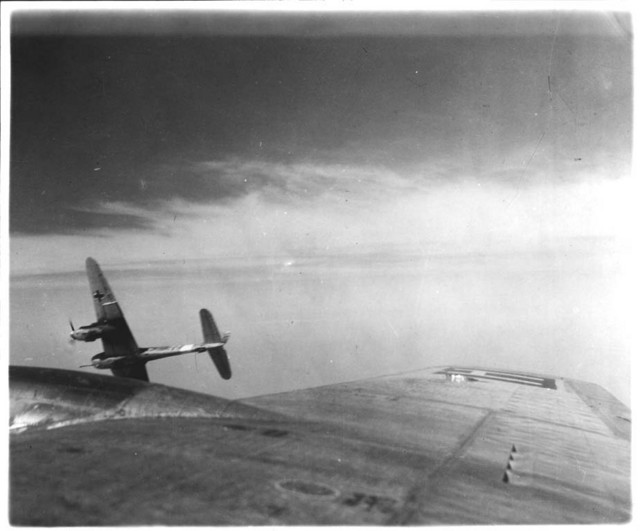
But then, like a phoenix from the flames of terrible design hell, arose a much improved and redesigned Me 210 which had a new wing, longer fuselage, more powerful engines and other technical refinements.
Because its predecessors had gained notoriety as death-traps, the aircraft was named the Me 410 and portrayed as a totally new aircraft.
The Me 410 was a natural bomber destroyer. It had two 20mm cannons and two 7.62mm medium machine guns with under-wing 21cm rocket launcher, along with two rear-firing 13 mm heavy machine guns.
However, it also proved useful in the role of armed reconnaissance, coordinating long-range sea rescues, night interceptions, dedicated De Havilland Mosquito chasing, and fighter-bomber duties.
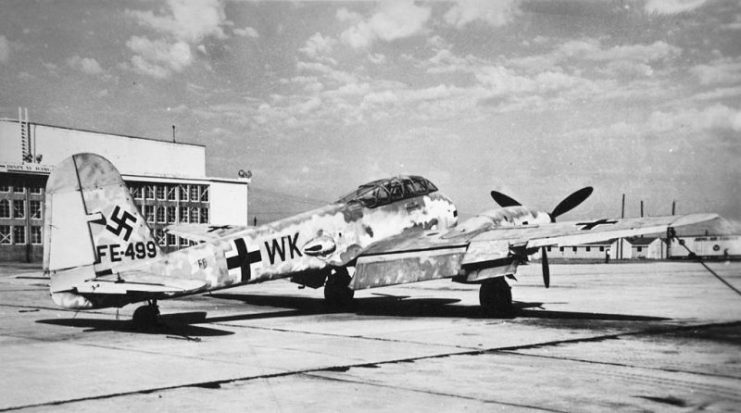
There were 1,189 Me 410s produced between 1943 to 1944 and production only stopped due to the Jägernotprogramm (Fighter Emergency Program) that prioritized moving all aircraft production to producing just defensive fighters only.
Verdict: This was a prime example that if time and effort was spent, a design could mature into a worthwhile aircraft of value and merit.
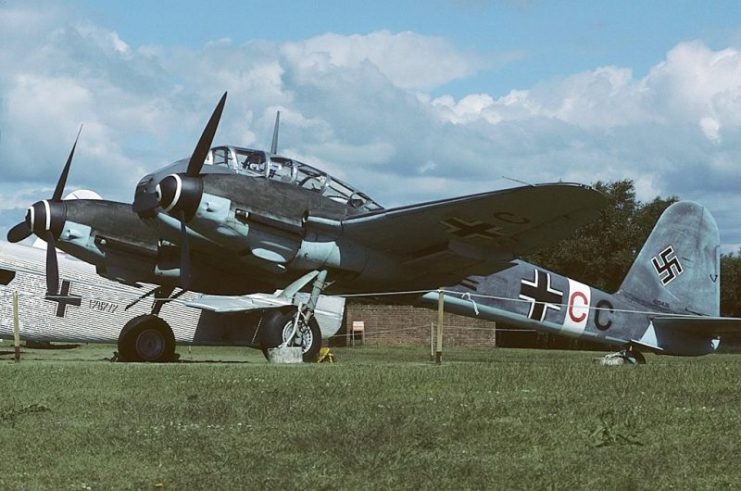
6. Fieseler Fi 156 ‘Stork’ (Reconnaissance & communications aircraft)
This awkward and fragile looking three-seater aircraft was, in fact, a true marvel. First produced in 1937, it was designed primarily for liaison, forward air control, and medical evacuation.
However, it proved highly adaptable and was modified to carry out a whole host of other duties. There was the Fi 156 F/P counter-insurgence version with its side window-mounted machine guns and underwing bomb racks, and the Fi 156 U anti-submarine version, able to carry a single depth charge.
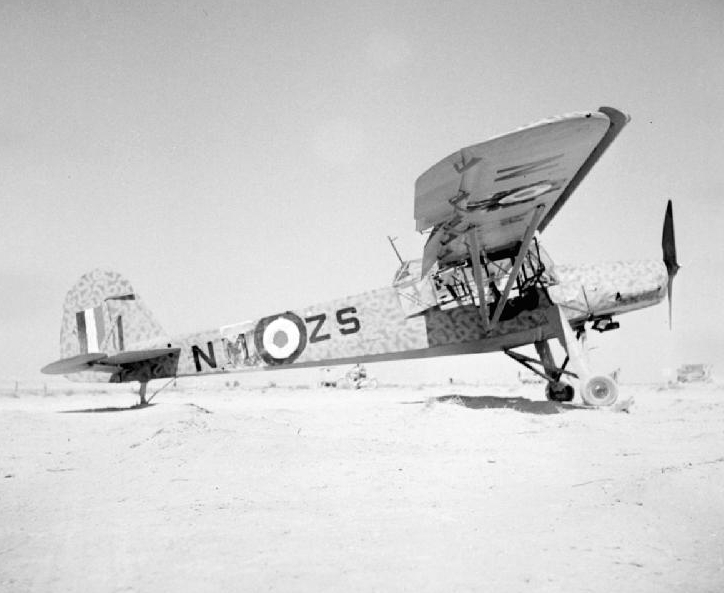
But where this aircraft excelled was in its incredible STOL performance and its low stall speed of 31 mph, which is incredible when compared to the P-51D’s stall speed of 100 mph. Both these features made it legendary in its many escapades.
In 1943, during Operation Eiche to rescue the deposed Italian Dictator, Benito Mussolini, an Fi 156 landed on a strip just 100ft (30m) long on a rocky mountain-top. Later on, it took off, overloaded, and yet still managing to get off the ground after just 250ft (80m).
The Fi 156 did this kind of things countless times throughout the war to rescue injured soldiers or drop off reconnaissance film.
The design was so successful that France kept on building these aircraft until 1965.
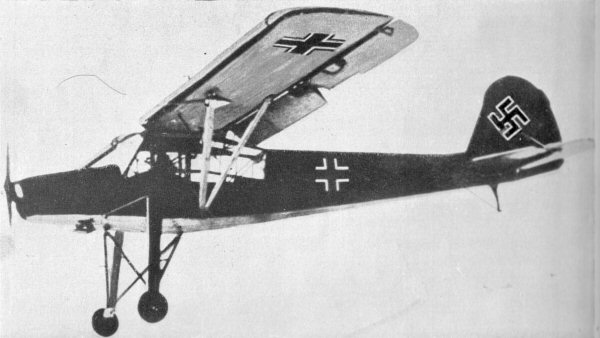
Verdict: An air force needs not just combat aircraft but also highly flexible aircraft like the Fi 156.
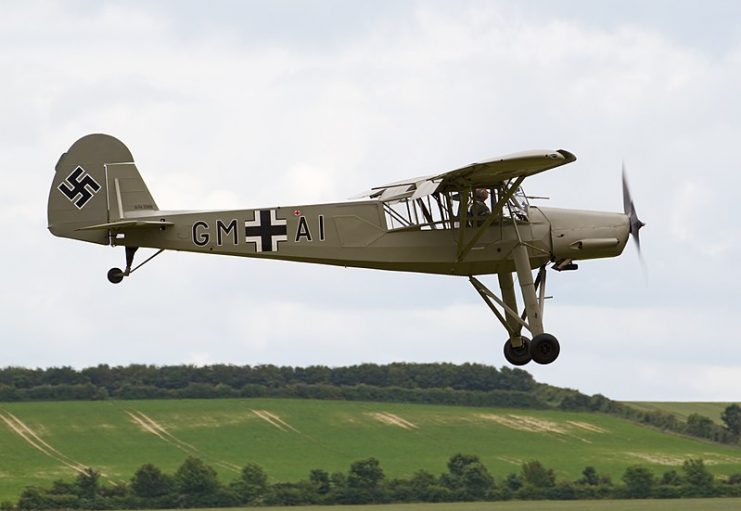
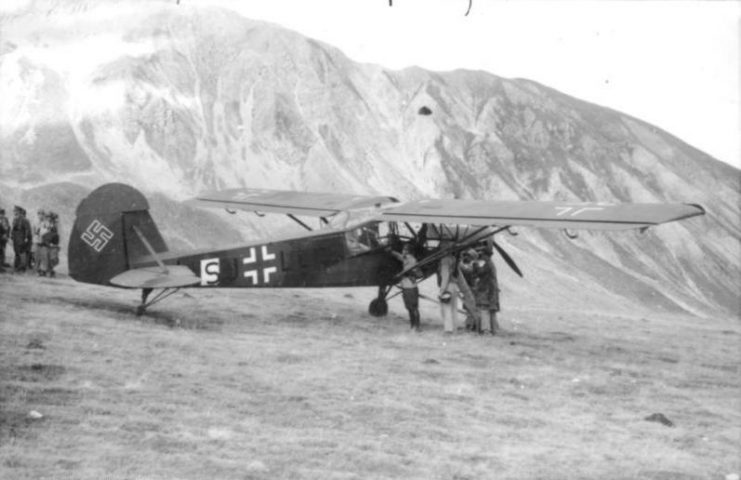
5. Junker JU 87 ‘Stuka’ (Dive Bomber)
This design first entered service with the Luftwaffe in 1936. By the end of World War Two, it was hopelessly outdated. However, for a brief moment between 1940 to 1941, it personified the terror and brilliance of the German Blitzkrieg. It could appear out of nowhere, its siren blaring like a wailing banshee as it dived down to drop bombs with pinpoint accuracy.
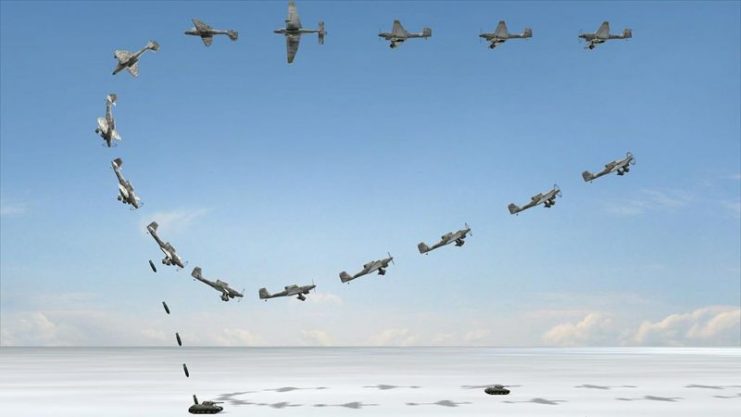
But as early as the Battle of Britain in 1940, it became obvious that the Ju 87 was highly vulnerable. Even when it did have adequate fighter protection, its low speed and need to operate at low altitude made it hard for any fighter to protect it effectively.
It limped on until the end of the war, simply because there were never enough new aircraft to replace it.
Around 6,500 were produced and served on all fronts.
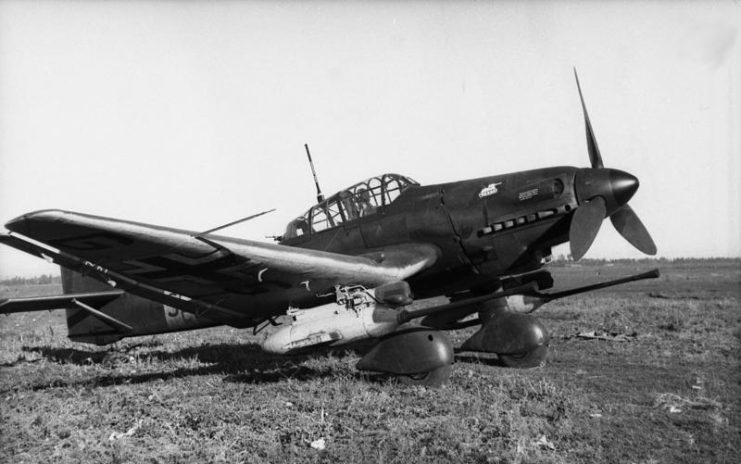
Verdict: Despite it short-comings, in its heyday it was one of the most feared aircraft in the world.
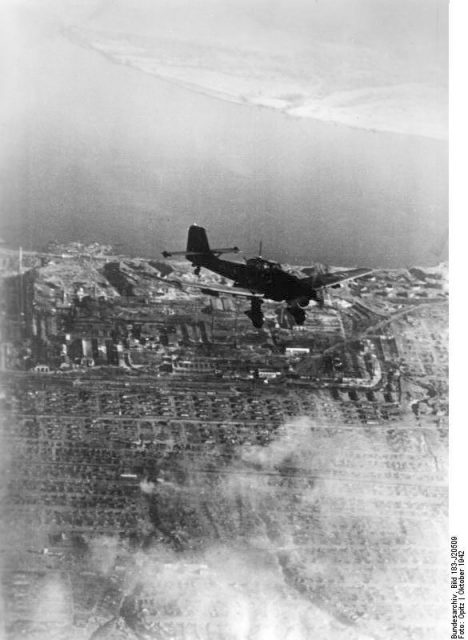
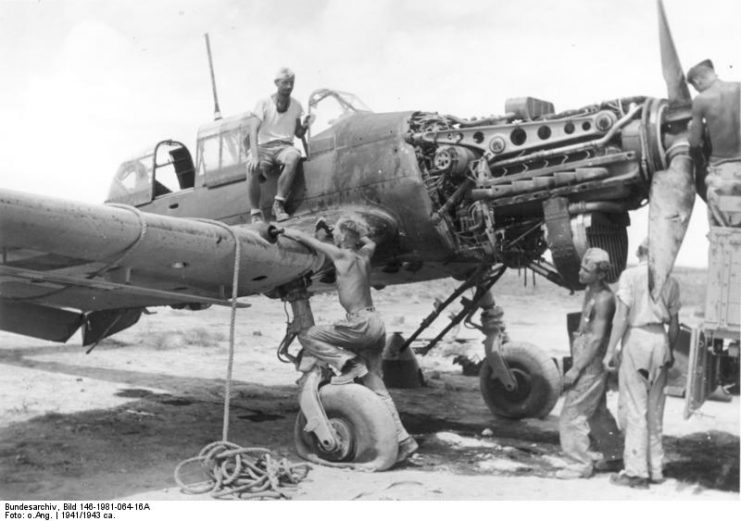
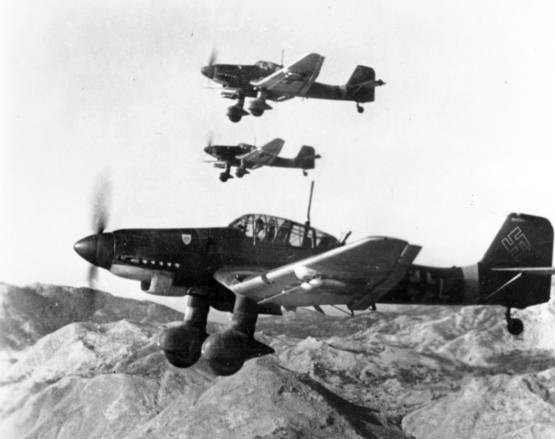
4. Focke-Wulf Ta 152H (Fighter & Interceptor)
Although descended from the Fw 190, this was very much a newly designed aircraft. If it had been allowed to develop, it would have been a major threat by 1945.
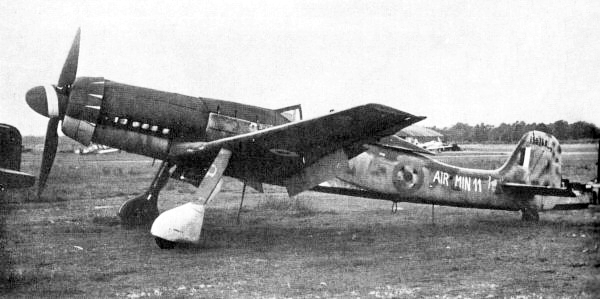
It was intended that there would be three versions of this aircraft, all capitalizing on the ease of production of having one common design. But in reality, only the Ta 152H High altitude Fighter/interceptor version saw any kind of service.
It was deployed in small numbers from January 1945 onwards. It had a giant wingspan of 47ft (compared to the Me 109G’s 32 ft), a top speed of 472 mph (the Fw 190A-8 was 408mph), and it could climb at a rate of 3,937 ft/min (a P-51D Mustang was 3,200ft ft/min) to a height of just under 50,000ft (in comparison, the jet-powered Me 262A could reach just 37,500 ft).
The Ta 152H could pack a hefty punch and was also relatively easy to fly for anyone who had flown an Fw 190 as they had a lot of features in common.
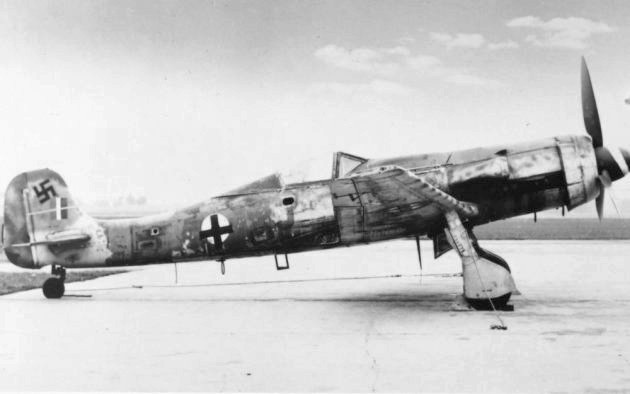
Verdict: It was the pinnacle of propeller single engine design and though jet powered aircraft would have soon out classed it completely, it might have reigned supreme over the skies of Europe, if it had been allowed to go into full-scale production.
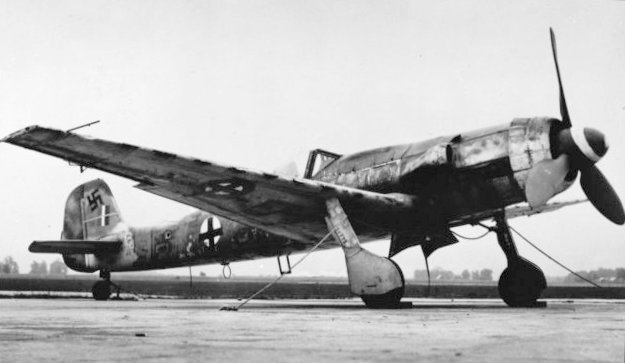
3. Focke-Wulf Fw 190 ‘Shrike’ (Fighter/Fighter-Bomber)
This aircraft might well have taken the number one spot on this list, as it was a true thoroughbred of a design. It was continually and successfully updated throughout the war, with around 20 major variants. The Fw 190 only reached its design limits in 1945.
With over 20,000 being built, it was produced in sufficient numbers to have a real impact on the war.
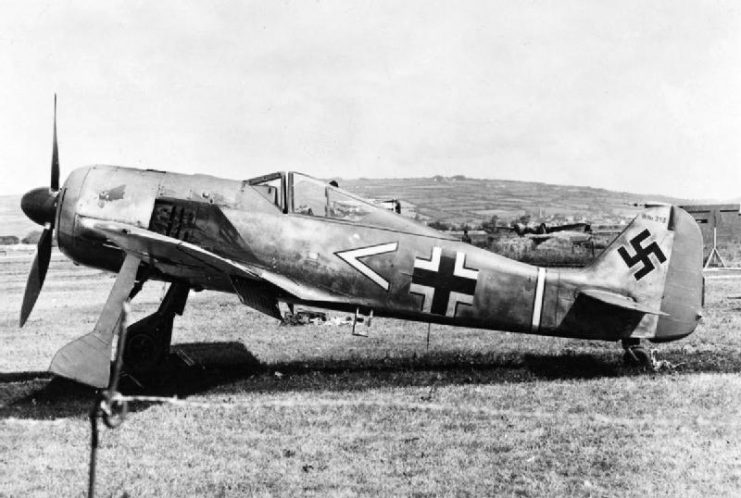
Compared to the Bf 109, it had much wider wheels and this led to far fewer ground-based accidents. Its use of cables with rigid push-rods and bearings to operate its controls led to a more responsive aircraft.
In addition, due to some design innovations, it was a much less demanding aircraft to fly. As a result, most Luftwaffe pilots considered the Fw 190 a much better aircraft than the Bf 109.
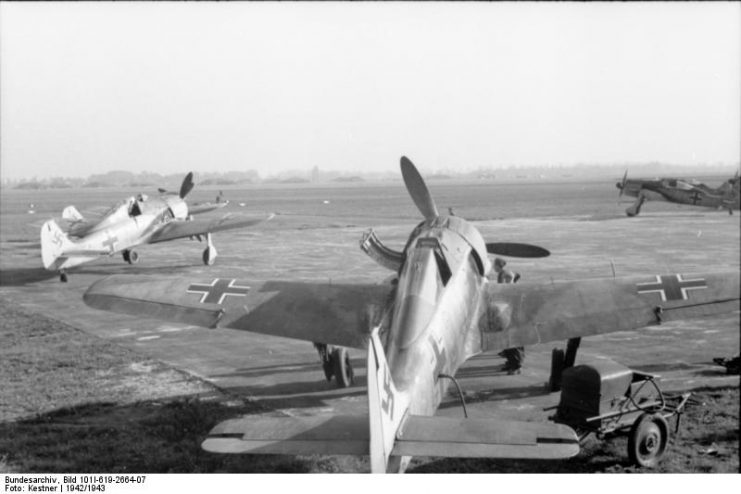
Even the Allies came to appreciate this awesome aircraft when, in 1942, a captured Fw 190 was tested extensively against a Spitfire VB. The Fw 190 was found to be superior in virtually all ways: speed, climb, and dive at all altitudes.
The Fw 190 was also found to accelerate faster and be a much more agile fighter than the Spitfire, although the Spitfire could, on most occasions, out turn the Fw 190.
The FW 190 enjoyed some success as a night fighter and was the Luftwaffe’s main ground attack aircraft towards the end of the war.
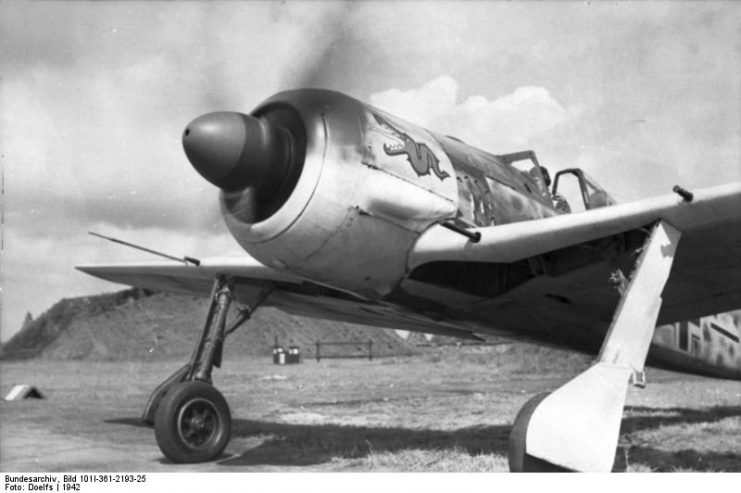
Verdict: From late 1941 until the end of the war, this aircraft appeared on all fronts and was always a challenge to beat, no matter what Allied aircraft came up against it.
2. Messerschmitt Bf 109 (Fighter)
This aircraft was introduced in 1936 and stayed in Luftwaffe service up until the end of the war in 1945. With nearly 34,000 planes built, it became the most produced fighter aircraft in history.
Although it was quickly outclassed by successive Allied aircraft like the Northern American Mustang, Hawker Tempest, and Lavochkin La-5, continually new variants of the Bf 109 allowed it to stay relevant and effective right up until the end of World War II.
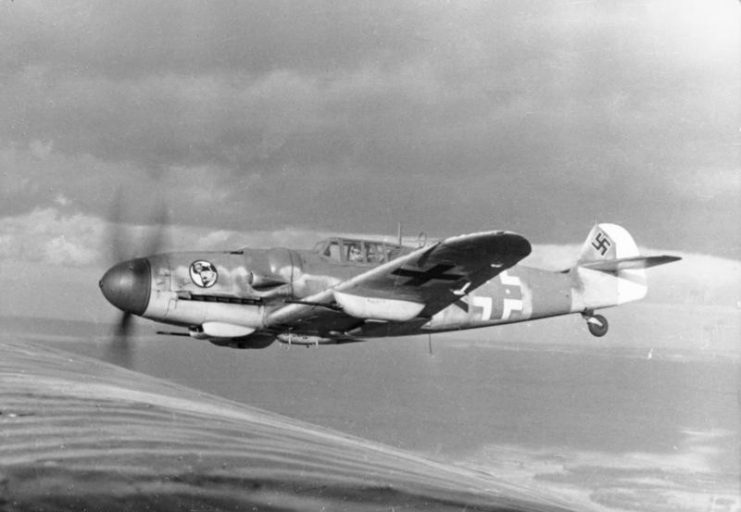
Like most great aircraft, it was later adapted to fulfill a variety of roles: bomber escort, interceptor, fighter bomber, all-weather fighter, and reconnaissance aircraft.
It had all the attributes of a good dog fighter. It was easy to build and was not too difficult to fly. However, it was not without it faults, as the cockpit was cramped and pilot visibility was far from perfect.
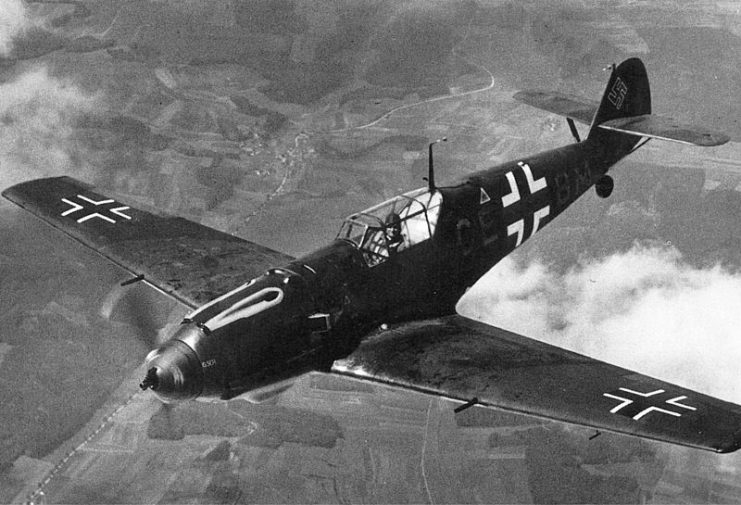
Verdict: Its length of service, high production rate, versatility and effectiveness made this a true Luftwaffe classic.
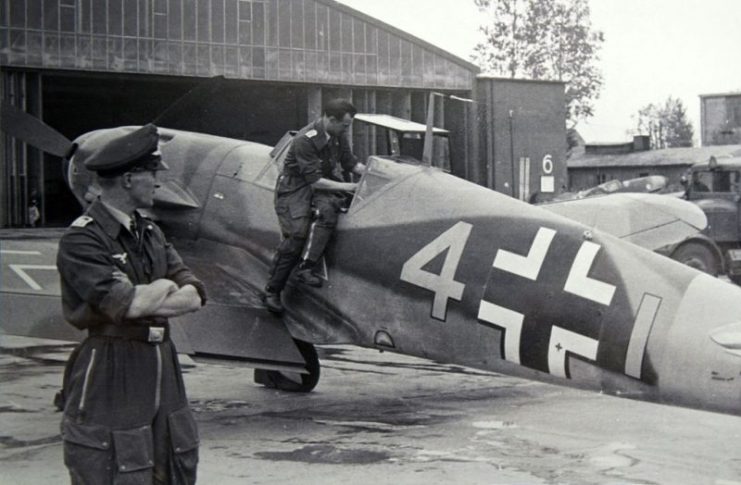
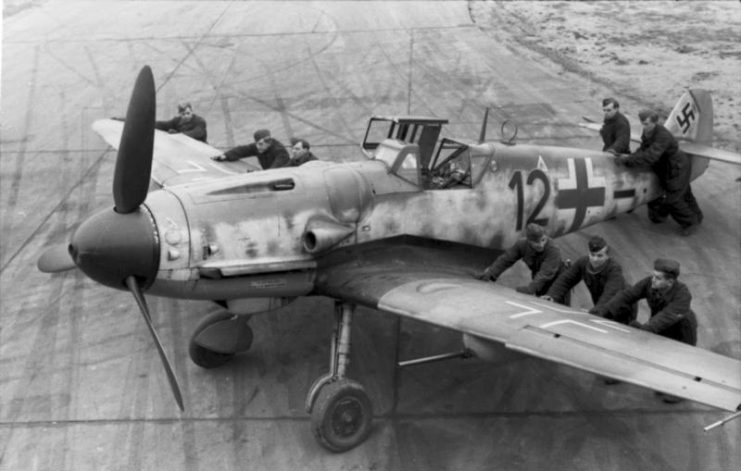
1. Messerschmitt Me 262 (Jet Fighter)
Despite a protracted and politically interfered with development, the Me 262 matured into a highly proficient fighter, fighter-bomber and night fighter.
Large scale production of this aircraft was not able to start until March 1945. But by then the Allies were relentlessly strafing all their bases and the German economy had collapsed, meaning there was a chronic shortage of jet fuel.
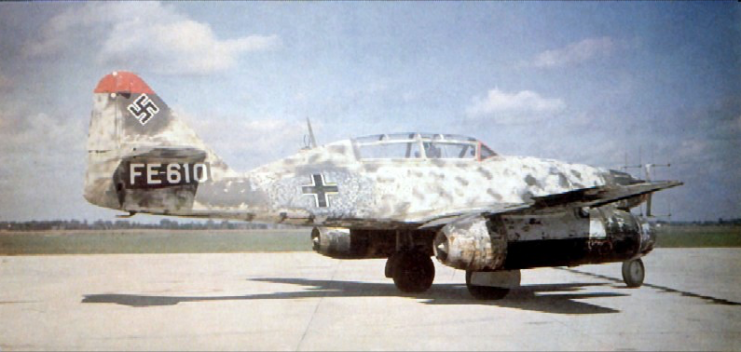
Despite all this, towards the end of the war, there were times when the Me 262 destroyed enemy aircraft at a ratio of 1:4, showing what the aircraft could truly do.
Sadly, most of the 1,430 Me 262 were either never delivered, destroyed while still on the ground at their bases, or disabled by their crews before the bases were overrun. If it had ever been given a chance, this revolutionary aircraft could quite possibly have regained air superiority for the Germans.
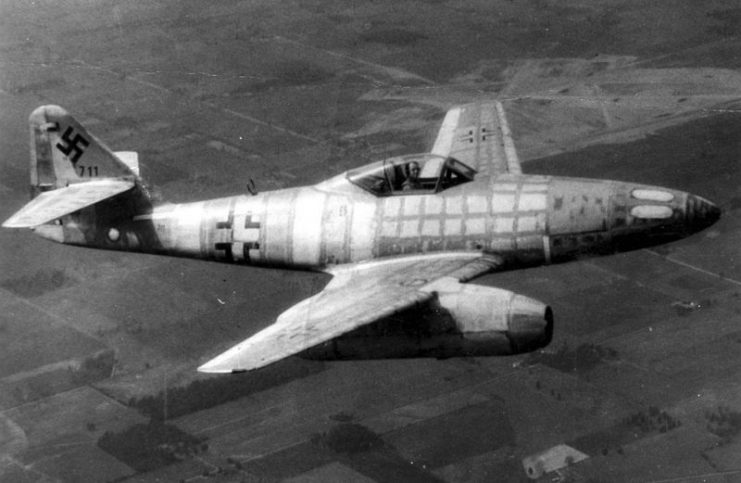
Verdict: This 560 mph jet would influence future generations of jet designers. It had its shortcomings, but considering it was a first generation jet, it was nevertheless impressive.
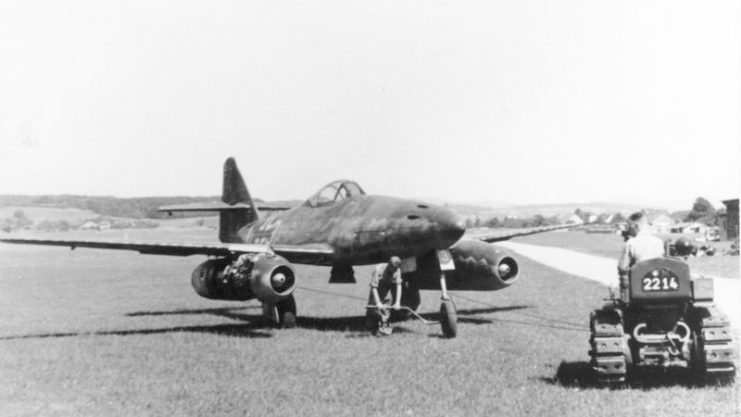
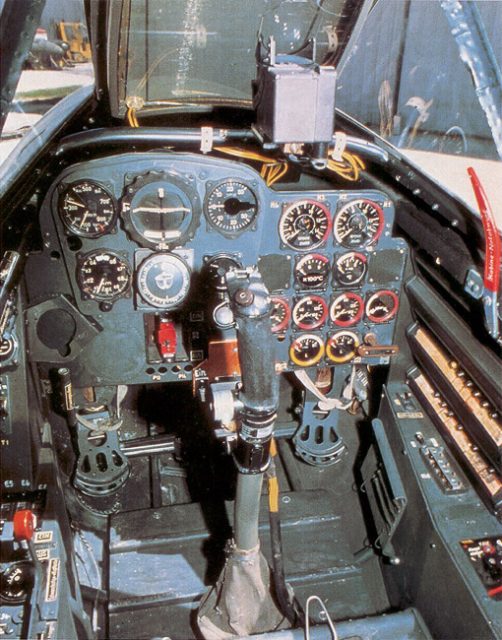
Read another story from us: The Father of Jet Planes – The German Me 262 in 21 Photos
